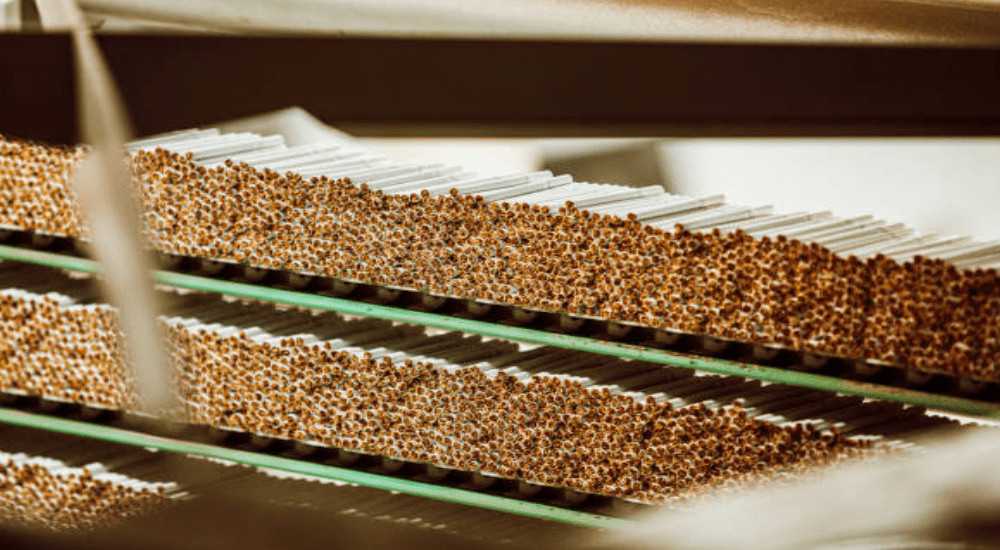Poplar cigarettes have a lengthy, illustrious history.
Poplar cigarettes have undergone significant changes over time, from the conventional methods of tobacco cultivation and production to the contemporary advancements in technology and manufacturing.
We will look at the development of poplar cigarettes from traditional to contemporary in this article.
In the beginning, poplar cigarettes were made using age–old techniques that were passed down from parent to child.
Farmers would grow tobacco plants and let the sun dry the leaves.
To make cigarettes, the dried leaves were shred and manually rolled.
These old–fashioned cigarettes lacked the smooth flavor and texture of contemporary cigarettes and were unpolished all over.
Manufacturers started experimenting with various tobacco blends as smoking’s popularity grew in order to improve the smoking experience.
The “Camel” brand of traditional poplar cigarettes, which debuted in the early 1900s, was one of the most well–known.
Turkish and American tobacco were combined to create Camel cigarettes, which had a distinctive flavor and aroma that set them apart from other brands.
Poplar cigarettes have undergone a significant transformation as a result of technological advancement.
Nowadays, sophisticated machines that can produce thousands of cigarettes in a single hour are used to manufacture modern cigarettes.
These devices are capable of adjusting the nicotine content, tobacco blend, and even the cigarette’s length and diameter.
The “Marlboro” brand of modern poplar cigarettes, which was first introduced in the 1950s, is among the most well–known.
Marlboro cigarettes were advertised as a manly brand that would appeal to men seeking a powerful and assertive smoking experience.
Tobacco from Virginia and Burley are combined to create Marlboro cigarettes, giving them a unique flavor and aroma.
The “Camel Crush” brand of modern poplar cigarettes, which debuted in the early 2000s, is another well–liked brand today.
The filter of Camel Crush cigarettes contains a capsule that, when broken open, releases a menthol flavor that improves the smoking experience.
Smokers who want a distinctive and personal smoking experience love this cutting–edge product.
Given the continued decline in global smoking rates, the future of poplar cigarettes is uncertain.
Manufacturers are still looking for novel ways to attract smokers, though.
The invention of electronic cigarettes, or “e–cigarettes,” which use a heating element powered by a battery to vaporize a nicotine–containing liquid solution, is one example of this.
The invention of heat–not–burn cigarettes, which use a device to heat tobacco instead of burning it, is another illustration.
Because fewer harmful chemicals are released as a result, it might be a safer option than traditional cigarettes.
In conclusion, significant advancements in technology, production, and marketing have characterized the evolution of poplar cigarettes.
Poplar cigarettes have advanced a long way from the traditional hand–rolling techniques to the contemporary equipment that can produce thousands of cigarettes in an hour.
It will be interesting to see what the future holds for this classic product given the introduction of cutting–edge items like e–cigarettes and heat–not–burn cigarettes.













Leave a reply
You must be logged in to post a comment.